Coca-Cola revealed in its mid-year results that it will be conceding to the current administration’s so-called Make America Healthy Again initiative by releasing a range of cane sugar–sweetened beverages.
The implementation, which is meant to complement the fuzzy drink empire’s current corn syrup recipe but not replace it, comes in the wake of President Donald Trump’s calls for the company to abandon its current recipe.
The public has since honed in on the development, with experts and laymen alike rubbishing the idea that cane sugar-flavored beverages are healthier.
Experts say that corn syrup and cane sugar are equally ultra-processed
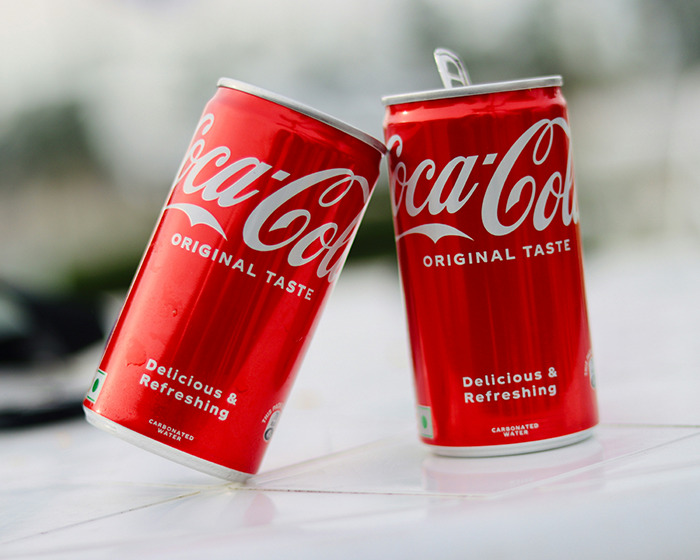
Image credits: Sachin Mittal/Unsplash
A registered dietician operating under the handle Brash Nutrition on TikTok was one of many netizens to criticize the idea that cane sugar is healthier than corn syrup.
In the video posted on July 5, he said: “High fructose corn syrup is 55 percent fructose and 45 percent glucose,” while cane sugar is 50 percent of each.
“There is no difference in the metabolism of these ingredients—there are no meaningful health outcomes associated with their consumption.
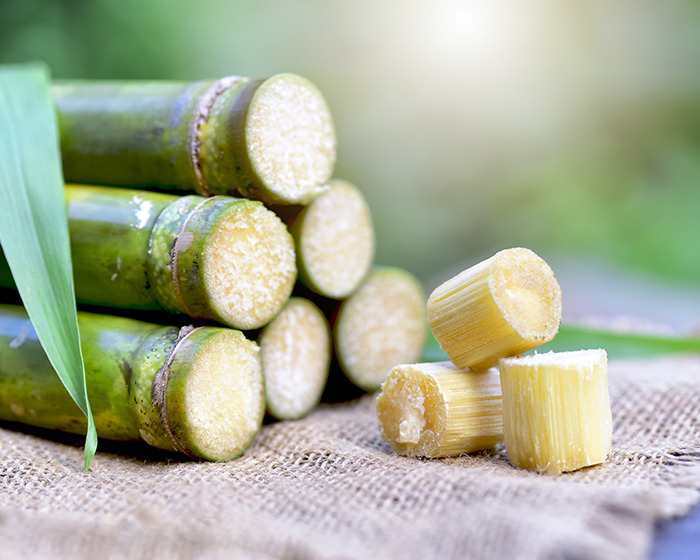
Image credits: APHIRAK/Adobe Stock
“What we’re doing here,” he continued, “is running the risk of people believing that Coca-Cola with cane sugar in it is healthier than Coca-Cola with cane syrup in it, drinking more of it, and then subsequently worsening health outcomes.”
Juliana Cohen, a professor of nutrition at Harvard’s School of Health, echoed this sentiment when she referred to the 12-ounce soda can, saying: “It doesn’t suddenly make it a health food.”
“It’s still going to be an ultra-processed food with 39 grams of sugar,” per a July 31 PBS report.
Dieticians and nutritionists claim that the two are equally unhealthy
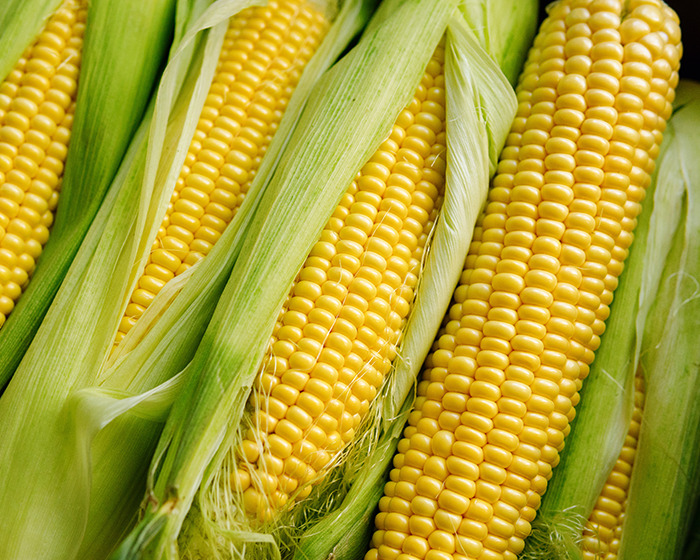
Image credits: Infusorian/Adobe Stock
A July poll published by the Jama Network saw a growing awareness among Americans about the health implications of processed foods.
Although incorrectly, 39 percent of participants stated that all processed foods are unhealthy, and 51% of respondents blamed sugar for heightening the risk of type 2 diabetes.
According to Dr. Kimber L. Stanhope, a registered dietician and molecular biosciences fundi whose name appears on 150 papers at UC Davis, corn syrup and cane sugar experience equal amounts of processing that strip both of their valuable nutrients.
“The biggest difference to a consumer when they buy a sucrose soda versus a high-fructose corn syrup soda [is] they know what they’re getting with the sucrose: 50-50,” PBS reported her saying.
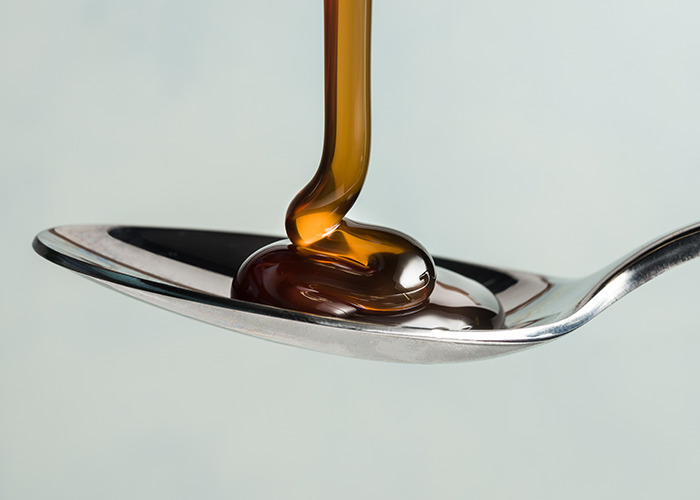
Image credits: Michelle/Adobe Stock (Not the actual photo)
She further noted that Coca-Cola’s move was not going to “change anybody’s health,” as both are “absolutely, positively ultra-processed.”
One is absorbed in the liver, and the other in the small intestine
Teacher in NJ on TikTok also joined the fray, advocating for the Make America Healthy Again camp.
In a video posted on the social media platform, she claimed that cane sugar and glucose components are bonded, and thus, they travel all the way to the small intestine before being absorbed.
Corn fructose, however, is “unbound” and thus easily absorbed by the liver, she said.
“The way they’re metabolized happens differently,” she continued, explaining that corn syrup reaches the liver faster, at a “much higher concentration,” which could lead to “increased fat production by the liver, less insulin response,” which she blamed for “hunger regulation” problems and over-eating.
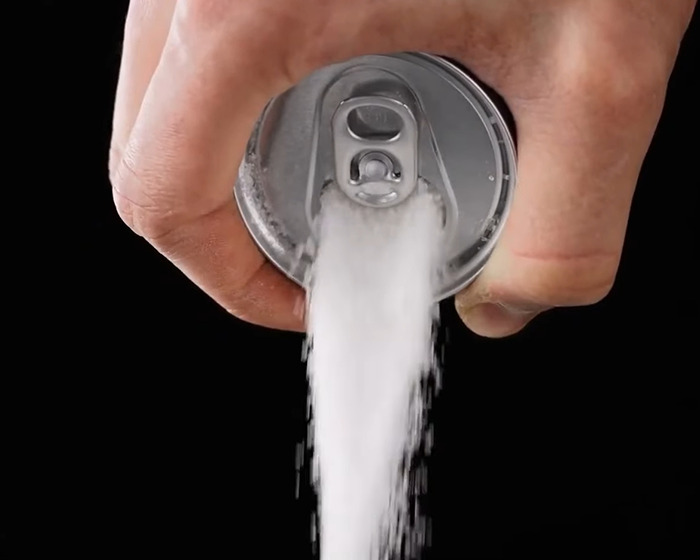
Image credits: Made Vision
A global analytics company, Elsevier, however, published a study on the online portal of the National Library of Medicine, saying simply:
“Both of these sugars contain approximately equal amounts of fructose and glucose, contain the same number of calories, possess the same level of sweetness, and are absorbed identically through the gastrointestinal tract.”
Coca-Cola used cane sugar in the early 1980s, but switched to corn syrup because it was cheaper
Make America Healthy Again is an initiative based on the Make America Great Again slogan, which pledged to reshore production and lower the cost of living.
Coca-Cola originally used cane sugar, which it imported until the 1980s, before switching to corn syrup, as U.S. farming subsidies made the latter cheaper.
The Huffington Post’s Julie R. Thomson recapped the story in 2013 when she wrote: “With corn subsidized by the government, its sugary syrup became a more affordable option for the beverage company.”
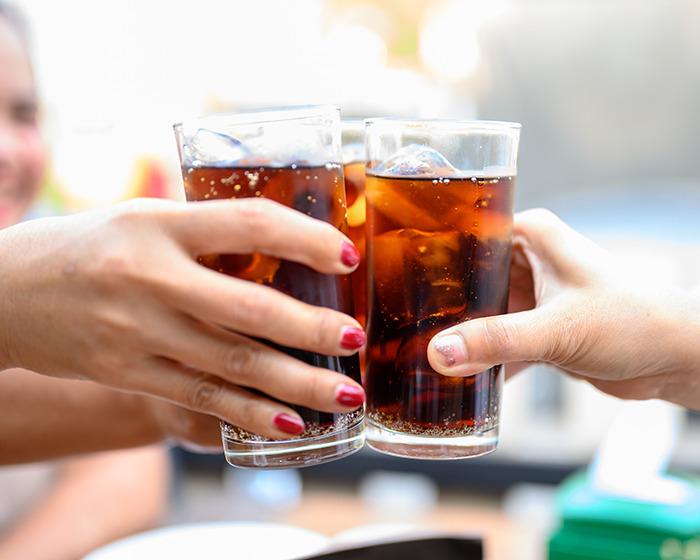
Image credits: mnirat/Adobe Stock (Not the actual photo)
“So: corn subsidies begat cheap corn, which in turn led to a corn-derived sweetener cheaper than sugar. Voila: HFCS takes over the soda market,” observed Mother Jones in 2019.
A July 22 report by The Guardian suggests that cane sugar is still the costlier ingredient, and Americans will have to pay more to enjoy the beverage brand’s upcoming offering.
It went on to say that America’s southern neighbor, Mexico, has its Coke sweetened with cane sugar and that while some of it is already being sold in the US, it is at “nearly twice the price.”
The report also noted that the U.S. still does not grow enough of the stalk-based sweetener to meet the demand for Coca-Cola’s upcoming range—that leaves importing cane as an option. But then there are the tariffs.
The new offering is expected to cost consumers no less than 10 percent more
Coca-Cola’s decision has drawn the attention of America’s Corn Refiners Association, which contributes $71 billion to the U.S. economy annually.
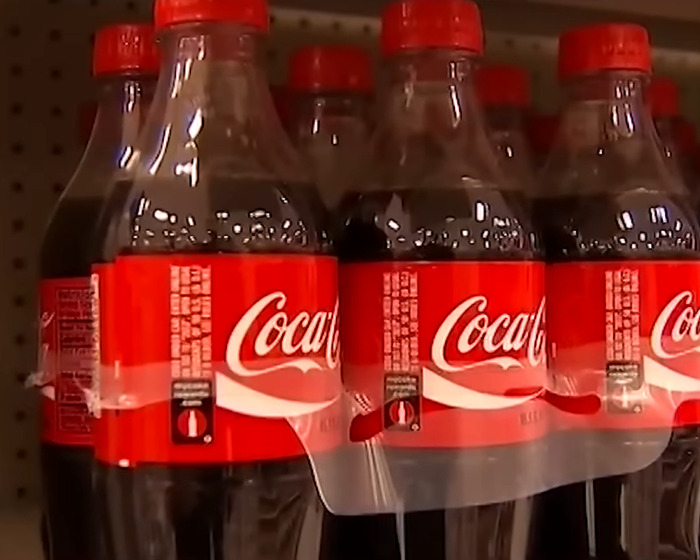
Image credits: LiveNOW from FOX
The organization’s CEO, John Bode, broke his silence on July 16 when he wrote:
“Replacing high fructose corn syrup with cane sugar doesn’t make sense….[It] would cost thousands of American food manufacturing jobs, depress farm income, and boost imports of foreign sugar, all with no nutritional benefit.”
According to personal finance outlet Kiplinger, cane sugar will cost the beverage empire 12 percent more.
As for the consumer on the ground, they can expect to pay no less than 10 percent more for their sugar fix.
One netizen sees it as “diabetes from a better source”




















 Follow Us
Follow Us





